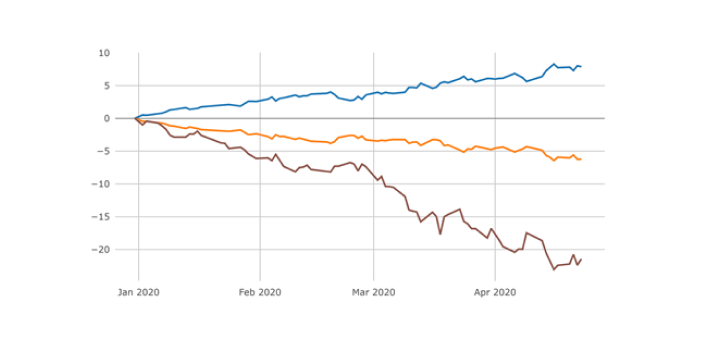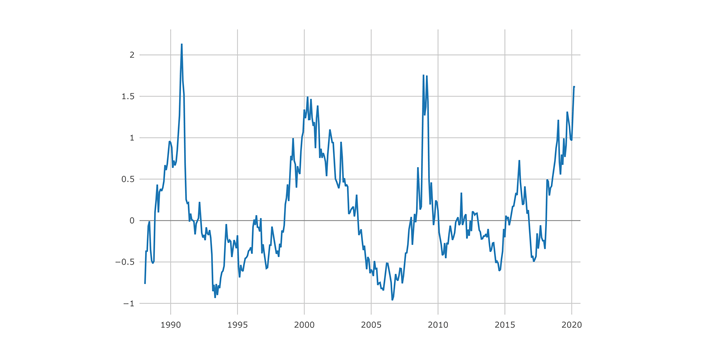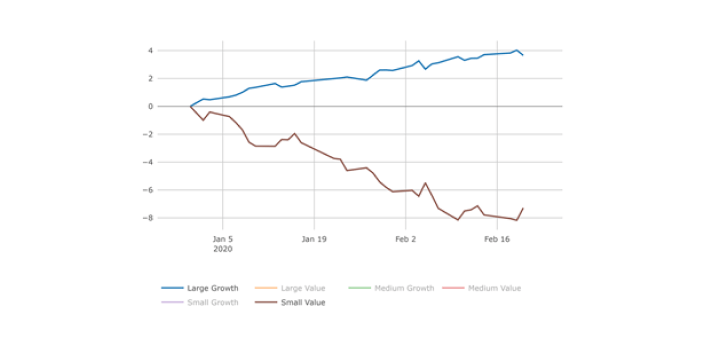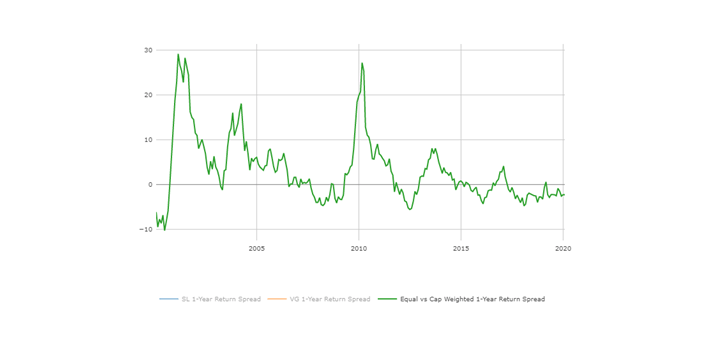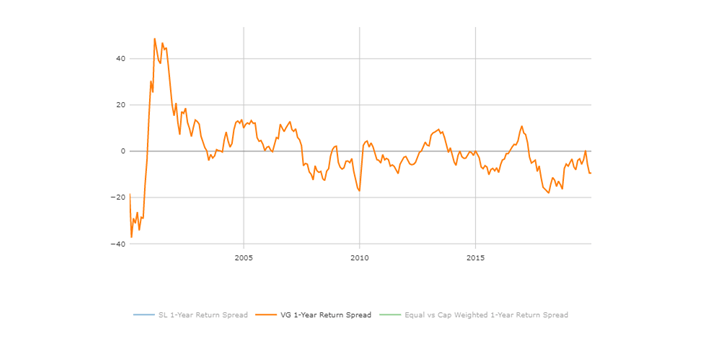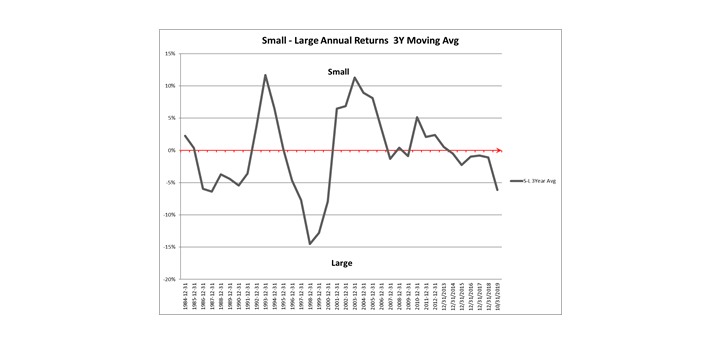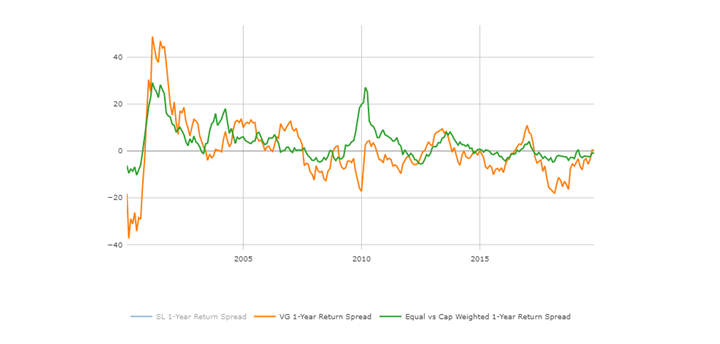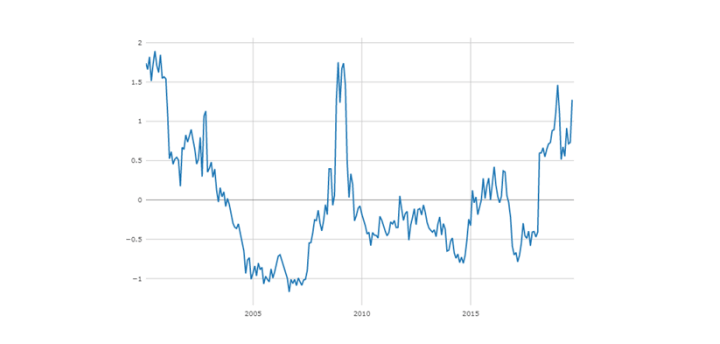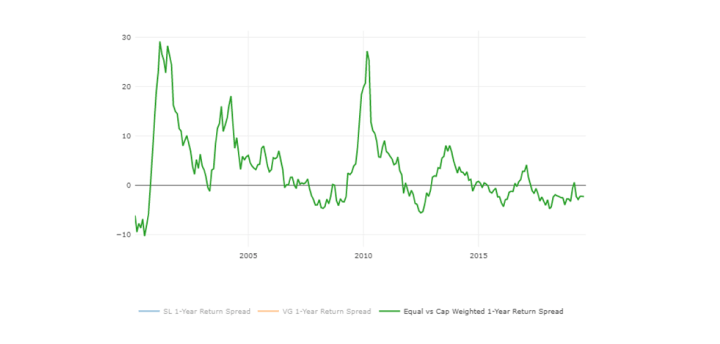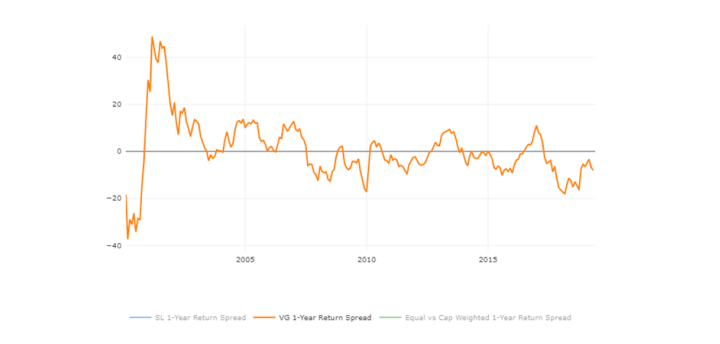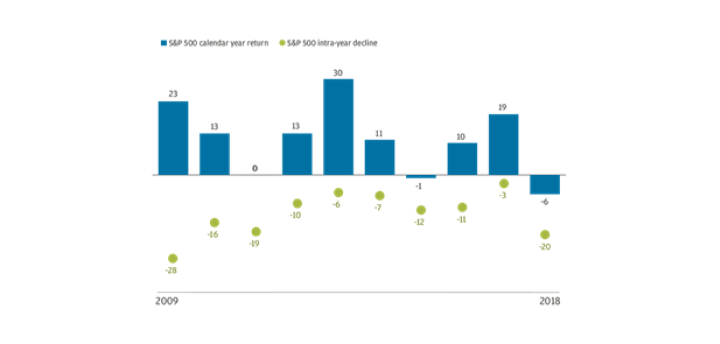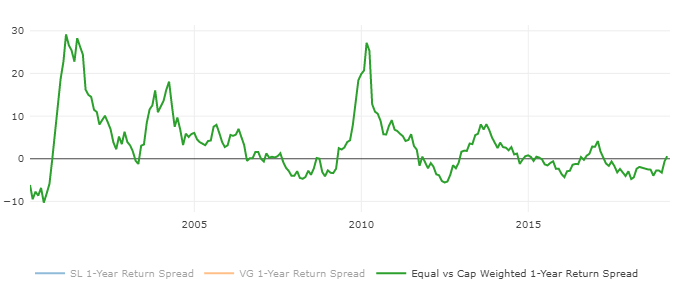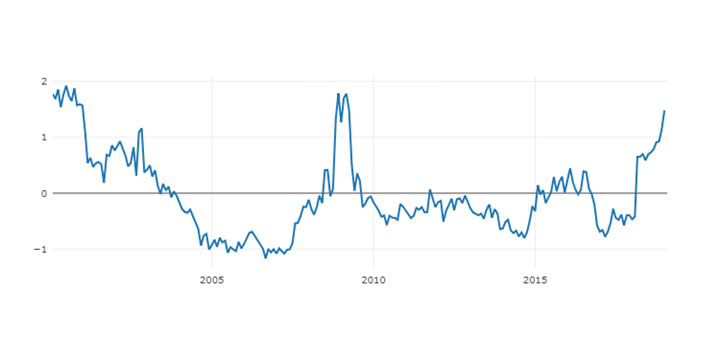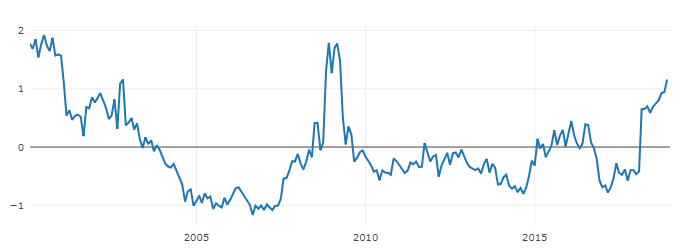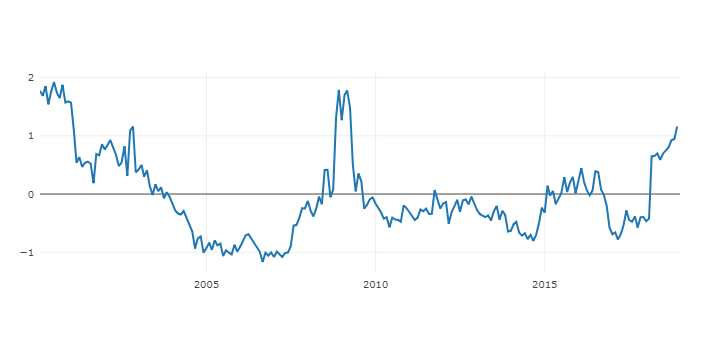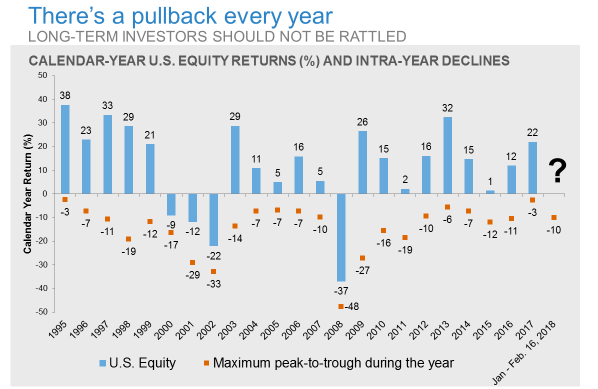Market Overview
In the fourth quarter, markets faltered. In 2019, stock prices continue to rebound higher. We believe fundamentals drive long-term returns. Despite some ongoing worries about the pace of global growth, we think fundamentals are still supportive overall. Stay positive and keep long-term prospective!
US Economics
Last quarter growth was impacted by a government shutdown, slowing global economy, fears of trade wars, and a surprise decline in late-year retail sales. Still, the Federal Reserve changed its hawkish stance on interest rates to a more accommodative and data driven approach early in 2019, which contributed to strong equity returns year-to-date. That market rebound should improve consumer confidence and lift incomes and net worth. Additionally, the employment picture is bright, with January producing more than 300,000 new jobs and a weaker dollar. The latter should support U.S. exports. All of the above augurs well for the economy, which still could grow at the consensus rate of 2.0%-2.5% this year.
Corporate Earnings and Economy
We are at the end of the previous quarter reporting season, which saw 70% (slightly above historic average) of companies beating earnings expectations but cutting estimates for the next 12 months according to Value Line. Earnings are still expected to grow at a 6% rate by consensus but that would be a far cry from 2018 when corporate tax cuts contributed to double digit growth. In the past, business investment which partially depends on profitability was a significant contributor to economic growth. Goldman Sachs’ top-down model estimates that a 10% decline in profits lowers GDP growth by 0.6pp, while 15% decline would imply a nearly 1pp direct hit to GDP growth. Weaker profit growth is likely to weigh somewhat further on economic activity but does not indicate an impending economic recession.
Global Economics
Global growth hit a soft patch which is likely to persist at least through midyear as last year’s sharp decline in business confidence is translating into low capital spending and factory output. However, there are some signs that we are moving past the bottom. JP Morgan believes the latest labor market reports send a consistent message of solid overall growth in the face of manufacturing-sector weakness. They also are encouraged that the banks keep lending despite the slowdown. They have argued against a recession this year as a backdrop of two years of strong corporate profit growth and still-accommodative policies should keep credit flowing and limit the corporate pullback. The spillover of industrial-sector weakness to labor markets and the service sector should thus prove limited.
Equities
In our previous newsletter we stressed our belief that the market overreacted in the 4th quarter to a potential economic slowdown. We believe that valuations of cyclical sectors were too pessimistic. Recently we have introduced a bottom up sector forecast, which takes into account the fundamentals of individual companies in each sector. According to this analysis Industrials, Information Technology and Consumer Staples are likely to outperform over the next 12 months. Valuation is a big part of our fundamental scores, that is why sectors which were “punished” last year like Industrials are more attractive now based on fundamentals.
Interestingly, our top down macro forecast favors defensive sectors with Consumer Staples, Healthcare and Utilities forecasted to outperform alongside with Technology. While there is an overlap with the bottom up results, clearly, the macro picture disregards relative valuations. That is why we believe it is important to find balance between top down and bottom up signals. For example, Utilities do not look cheap (bottom up) and judging by history after a strong performance they had last year, they usually underperform in the next 12 months.
So far in 2019, markets have rewarded fundamentally strong companies, and we believe that trend should continue. Valuation spreads have begun to moderate from extreme levels. Valuation spreads can spike when the market is in distress and when there is fear about the future state of economy. Last year it almost reached the levels of 2000 (pretty stressful IT bubble burst) and 2009 (extremely stressful great recession). We believe the market overreacted inn late 2019 and is correcting its course now. That is probably due to quicker information dissemination and different participant mix, as fast trading hedge funds dominate daily liquidity. With such a huge overreaction, valuations were abandoned. Judging by the spreads and their historic swift mean reversion moves, throwing out valuation is a disastrous strategy in the long run, in our opinion.
At Signet FM, we always pay attention to valuation, which is one of the most important characteristics for a long-term stock return. We adhere to our long-term discipline through favorable and unfavorable short-term market conditions. By doing so we avoid chasing unsustainable trends and getting whipsawed when the market re-embraces fundamentals.
Valuation Spreads (Source: Signet FM, Compustat) through January 2019:

Y axis – standard deviation of Valuation Spread; X axis – years;
The information and opinions included in this document are for background purposes only, are not intended to be full or complete, and should not be viewed as an indication of future results. The information sources used in this letter are: Blue Chip Forecast, WSJ.com, Jeremy Siegel, PhD (Jeremysiegel.com), Goldman Sachs, JP Morgan, Empirical Research Partners, Value Line, Ned Davis Research, Citi research and Nuveen.
| IMPORTANT DISCLOSURE:
Past performance may not be indicative of future results. Different types of investments and investment strategies involve varying degrees of risk, and there can be no assurance that their future performance will be profitable, equal any corresponding indicated historical performance level(s), be suitable for your portfolio or individual situation, or prove successful. The statements made in this newsletter are, to the best of our ability and knowledge, accurate as of the date they were originally made. But due to various factors, including changing market conditions and/or applicable laws, the content may in the future no longer be reflective of current opinions or positions. Any forward-looking statements, information and opinions including descriptions of anticipated market changes and expectations of future activity contained in this newsletter are based upon reasonable estimates and assumptions. However, they are inherently uncertain and actual events or results may differ materially from those reflected in the newsletter. Nothing in this newsletter serves as the receipt of, or as a substitute for, personalized investment advice. Please remember to contact Signet Financial Management, LLC, if there are any changes in your personal or financial situation or investment objectives for the purpose of reviewing our previous recommendations and/or services. No portion of the newsletter content should be construed as legal, tax, or accounting advice. A copy of Signet Financial Management, LLC’s current written disclosure statements discussing our advisory services, fees, investment advisory personnel and operations are available upon request. |

















































